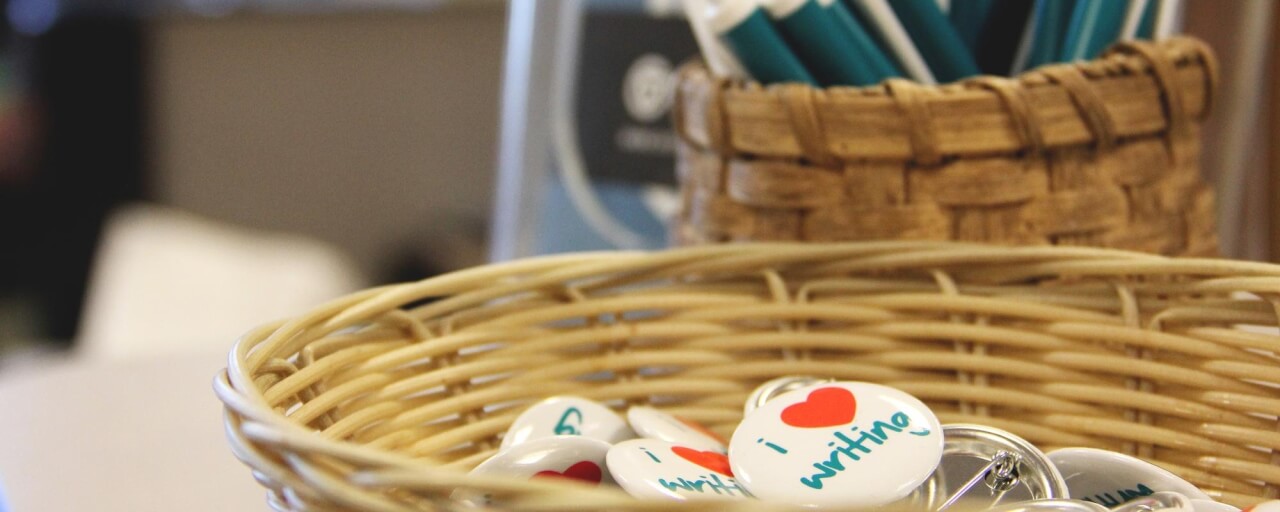Biology Lab Reports: Quick Guide
The Biology Lab Report
Introduction
The introduction states the problem and its significance, states the technical goals of the work, and usually contains background information that the reader needs to know in order to understand the report. Consider, as you begin your introduction, who your readers are and what background knowledge they have. For example, the information needed by someone educated in medicine could be very different from someone working in your own field of engineering. The introduction might include any or all of the following.
- Problems that gave rise to the investigation
- The purpose of the assignment (what the writer was asked to do)
- History or theory behind the investigation Literature on the subject
- Methods of investigation
While academic reports often include extensive literature reviews, reports written in industry often have the literature review in an appendix.
Summary or background
This section gives the theory or previous work on which the experimental work is based if that information has not been included in the introduction.
Methods/procedures
This section describes the major pieces of equipment used and recaps the essential step of what was done. In scholarly articles, a complete account of the procedures is important. However, general readers of technical reports are not interested in a detailed methodology. This is another instance in which it is necessary to think about who will be using your document and tailor it according to their experience, needs, and situation.
A common mistake in reporting procedures is to use the present tense. This use of the present tense results in what is sometimes called “the cookbook approach” because the description sounds like a set of instructions. Avoid this and use the past tense in your “methods/procedures” sections.
Results
This section presents the data or the end product of the study, test, or project and includes tables and/or graphs and a brief interpretation of what the data show. When interpreting your data, be sure to consider your reader, what their situation is and how the data you have collected will pertain to them.
Discussion of results
This section explains what the results show, analyzes uncertainties, notes significant trends, compares results with theory, evaluates limitations or the chance for faulty interpretation, or discusses assumptions. The discussion section sometimes is a very important section of the report, and sometimes it is not appropriate at all, depending on your reader, situation, and purpose.
It is important to remember that when you are discussing the results, you must be specific. Avoid vague statements such as “the results were very promising.”
Conclusions
This section interprets the results and is a product of thinking about the implications of the results. Conclusions are often confused with results. A conclusion is a generalization about the problem that can reasonably be deduced from the results. Be sure to spend some time thinking carefully about your conclusions. Avoid such obvious statements as “X doesn’t work well under difficult conditions.”
Be sure to also consider how your conclusions will be received by your readers, and as well as by your shadow readers—those to whom the report is not addressed, but will still read and be influenced by your report.
Recommendations
The recommendations are the direction or actions that you think must be taken or additional work that is need to expand the knowledge obtained in your report. In this part of your report, it is essential to understand your reader. At this point you are asking the reader to think or do something about the information you have presented. In order to achieve your purposes and have your reader do what you want, consider how they will react to your recommendations and phrase your words in a way to best achieve your purposes.
Conclusions and recommendations do the following.
- They answer the question, “So what?”
- They stress the significance of the work
- They take into account the ways others will be affected by your report
- They offer the only opportunity in your report for you to express your opinions
What are the differences between Results, Conclusions, and Recommendations?
Assume that you were walking down the street, staring at the treetops, and stepped in a deep puddle while wearing expensive new shoes. What results, conclusions, and recommendations might you draw from this situation?
Some suggested answers follow.
- Results: The shoes got soaking wet, the leather cracked as it dried, and the soles separated from the tops.
- Conclusions: These shoes were not waterproof and not meant to be worn when walking in water. In addition, the high price of the shoes is not closely linked with durability.
- Recommendations: In the future, the wearer of this type of shoe should watch out for puddles, not just treetops. When buying shoes, the wearer should determine the extent of the shoes’ waterproofing and/or any warranties on durability.
For more information: Purdue OWL Resources Page
To view or print our Helpful Handout, click here: Biology Lab Report
You may also benefit from a guide to Writing in Biology
For additional information and examples GVSU Biology Writing expectations for scientific writing, please see: Scientific Manuscript -- Genre Guide
Have other questions? Stop in and visit! Or call us at 331-2922.
[1726082793].jpg)

